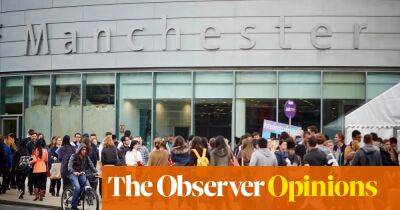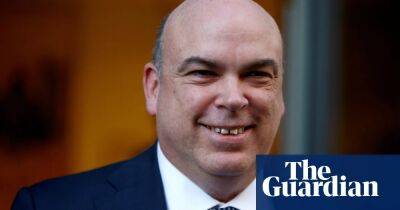Another UK interest rate rise was always nailed on but what happens next?
Much has changed since the Bank of England predicted the economy would shrink for eight successive quarters last November. Threadneedle Street now thinks growth will be stronger, inflation higher and unemployment lower than it expected six months ago. It is no longer forecasting even a single quarter of negative growth, even allowing for strikes and the extra bank holiday for the king’s coronation.
One thing that has not changed is the relentless upward movement in interest rates, which the Bank’s monetary policy committee (MPC) has just raised for a 12th successive time. This is comfortably a record. Previously it had never raised borrowing costs more than three times in a row.
In truth, the increase in interest rates to 4.5% was always nailed on. With inflation at 10.1% – five times its official 2% target – it would have been a real surprise had the MPC voted for anything other than a quarter-point rise.
What businesses and the 1.3 million people coming off fixed rate mortgage deals by the end of the year want to know is what happens next. Is the tightening cycle that began in December 2021 now over? Is the Bank going to follow the example of the US Federal Reserve and signal a pause in rate hikes? Would it warn that the peak was still some way off?
Judging by its latest monetary policy report, the MPC now wants to take a break from rate rises so that it can see how things develop. It is aware that only about one-third of the impact of previous rate rises has so far been felt, which is why – despite the biggest upgrade to its growth forecasts since independence in 1997 – growth for the next three years remains sluggish. The Bank believes that in two years’ time inflation will be 1% – comfortably below target.
In the key
Read more on theguardian.com





















